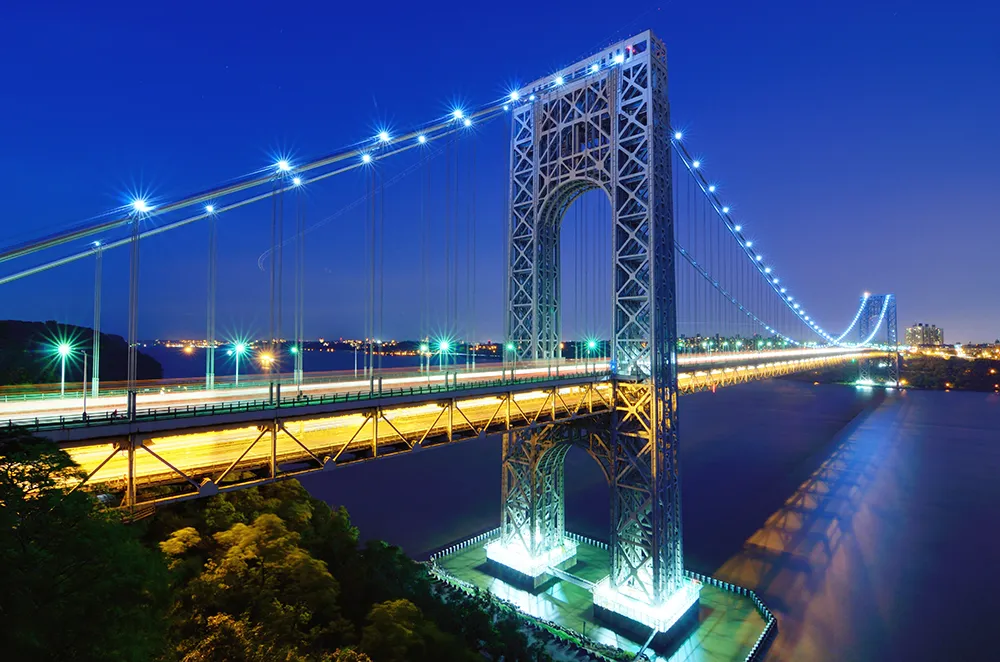Cutting highway and bridge work by 25 per cent in any given year, and then sustaining it in the years ahead, would cost Pennsylvania US$1.25 billion in lost economic activity over a five-year period and put as many as 9,600 jobs permanently at risk, the American Road & Transportation Builders Association’s (ARTBA) chief economist told state lawmakers at a recent hearing. Dr Alison Premo Black was invited to testify before the Pennsylvania Senate Transportation committee based on a report she authored on beh
August 2, 2013
Read time: 2 mins
Cutting highway and bridge work by 25 per cent in any given year, and then sustaining it in the years ahead, would cost Pennsylvania US$1.25 billion in lost economic activity over a five-year period and put as many as 9,600 jobs permanently at risk, the American Road & Transportation Builders Association’s (ARTBA) chief economist told state lawmakers at a recent hearing.
Dr Alison Premo Black was invited to testify before the Pennsylvania Senate Transportation committee based on a report she authored on behalf the Associated Pennsylvania Constructors. It looked at the potential impact of a decrease in the state’s highway and bridge investment from the current US$4.3 billion market to US$3.8 billion in 2017.
“In this scenario, Pennsylvania contractors will demand fewer materials, equipment and supplies as the overall market opportunities decline and they have fewer projects backlogged,” Black explained.
“This would come at a time when investing in Pennsylvania’s infrastructure and economy is extremely important,” she said, noting that of the Commonwealth’s 28,000 miles of roadway eligible for federal aid, 25 per cent are rated not acceptable and need major repairs or replacement. Over 40 per cent of the bridges in Pennsylvania are rated structurally deficient or functionally obsolete—well above the national average of 23 percent.
Black noted her analysis did not take into account the important long-term benefits of infrastructure investment, or the foregone opportunities the Pennsylvania economy would lose. In economics literature, there is a link between state and local economic growth, and highway and bridge investment.
“A cut in Penn DOT funding could mean that the Commonwealth’s highway and bridge network would be less efficient in the future. This would increase transportation costs, both time and money, for everyone that uses the system,” Black said. “Businesses looking to relocate to Pennsylvania may look at the decline in investment as a disincentive and consider moving elsewhere.”
Dr Alison Premo Black was invited to testify before the Pennsylvania Senate Transportation committee based on a report she authored on behalf the Associated Pennsylvania Constructors. It looked at the potential impact of a decrease in the state’s highway and bridge investment from the current US$4.3 billion market to US$3.8 billion in 2017.
“In this scenario, Pennsylvania contractors will demand fewer materials, equipment and supplies as the overall market opportunities decline and they have fewer projects backlogged,” Black explained.
“This would come at a time when investing in Pennsylvania’s infrastructure and economy is extremely important,” she said, noting that of the Commonwealth’s 28,000 miles of roadway eligible for federal aid, 25 per cent are rated not acceptable and need major repairs or replacement. Over 40 per cent of the bridges in Pennsylvania are rated structurally deficient or functionally obsolete—well above the national average of 23 percent.
Black noted her analysis did not take into account the important long-term benefits of infrastructure investment, or the foregone opportunities the Pennsylvania economy would lose. In economics literature, there is a link between state and local economic growth, and highway and bridge investment.
“A cut in Penn DOT funding could mean that the Commonwealth’s highway and bridge network would be less efficient in the future. This would increase transportation costs, both time and money, for everyone that uses the system,” Black said. “Businesses looking to relocate to Pennsylvania may look at the decline in investment as a disincentive and consider moving elsewhere.”








